Spiritual tourism has always been an important part of Vietnamese culture, and Yen Tu Pagoda, the “cradle of Vietnamese Buddhism,” is a must-visit destination. Nestled amidst the majestic mountains of Quang Ninh province, Yen Tu is not only a famous scenic spot but also a place that preserves profound historical, cultural, and spiritual values. If you are planning a pilgrimage to the land of Buddha, this article will be your A-Z Yen Tu Pagoda travel guide, helping you have a fulfilling and meaningful journey.
Yen Tu – Sacred Land of Converging Essences
Mount Yen Tu, formerly known as Bach Van Son (White Cloud Mountain), is a mountain 1,068m above sea level, belonging to the Dong Trieu mountain range, stretching between Quang Ninh and Bac Giang provinces. The name Bach Van Son originated from the mountaintop being covered with floating white clouds year-round, creating a magical and poetic scene.
Not only famous for its majestic natural beauty, Yen Tu is also known as the “ancestral land of Vietnamese Buddhism,” the birthplace of the Truc Lam Zen sect, a uniquely Vietnamese Zen lineage founded by King-Monk Tran Nhan Tong. Because of this great historical and spiritual significance, Yen Tu has become the most important pilgrimage site for Buddhists and tourists from all over.
The journey to conquer Yen Tu is not just about exploring natural beauty but also a spiritual journey, helping each person find inner peace and shed the worries of everyday life. On the pilgrimage route, visitors will admire ancient pagodas, and serene stupas nestled among lush green forests, and feel the solemn and peaceful atmosphere of the Buddhist sanctuary.

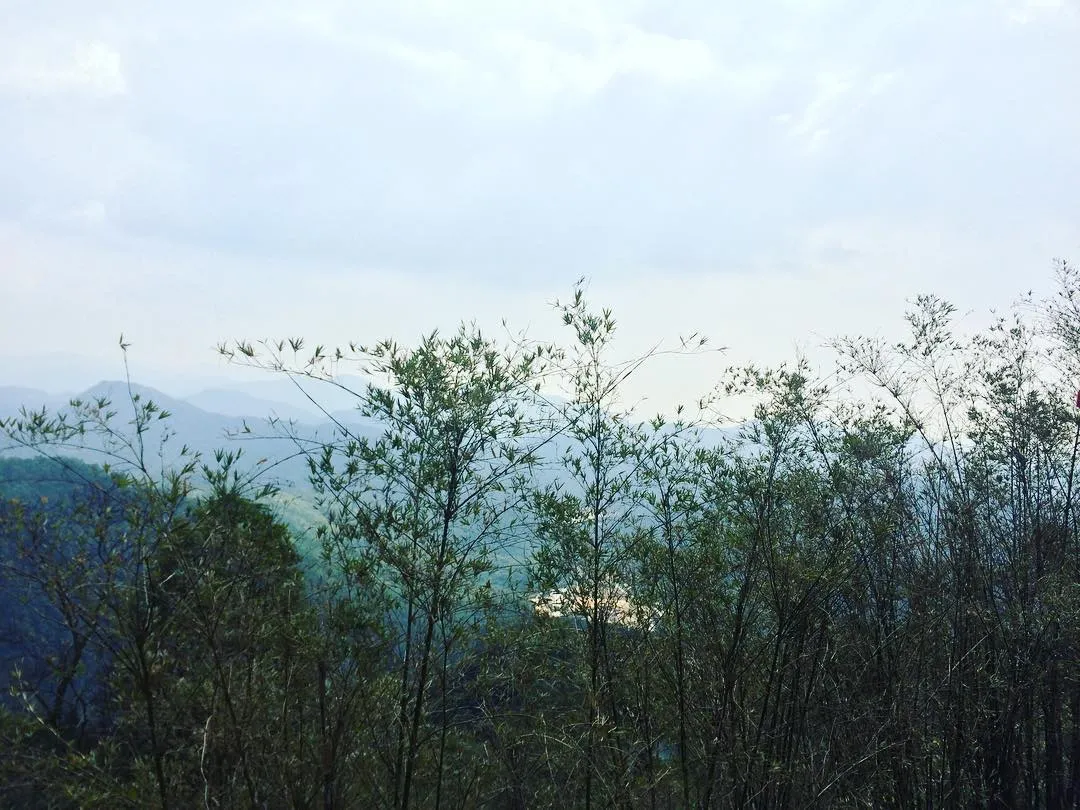
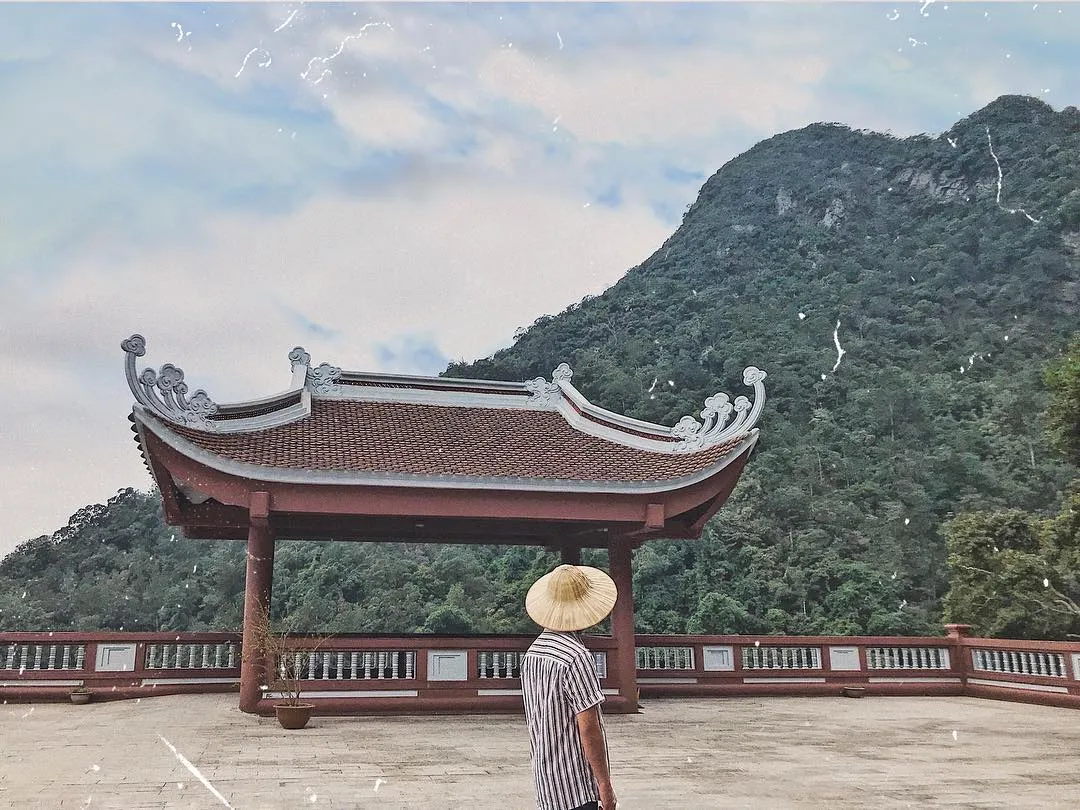
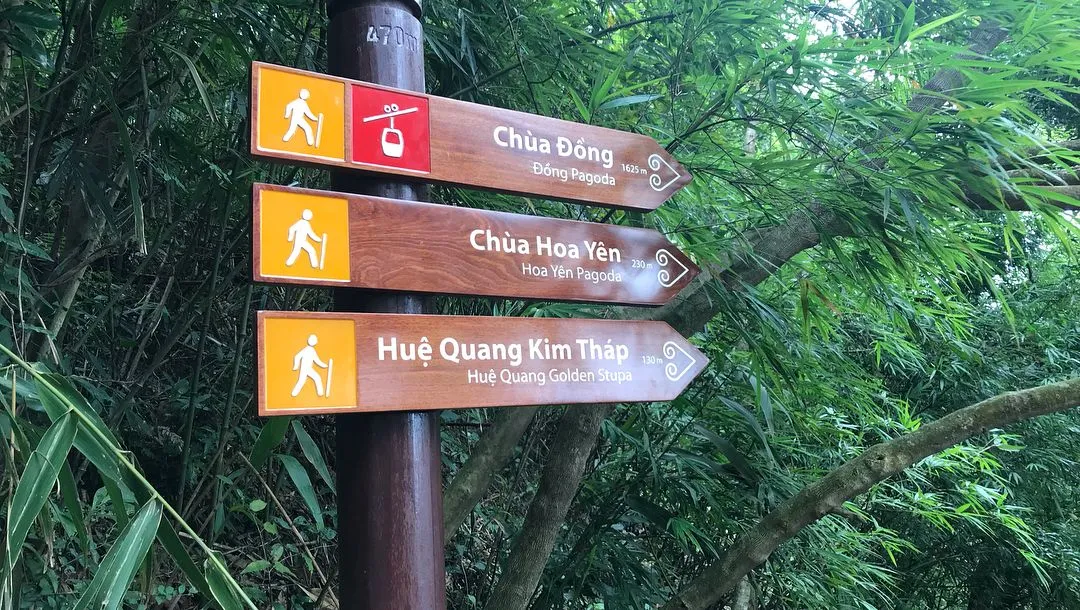
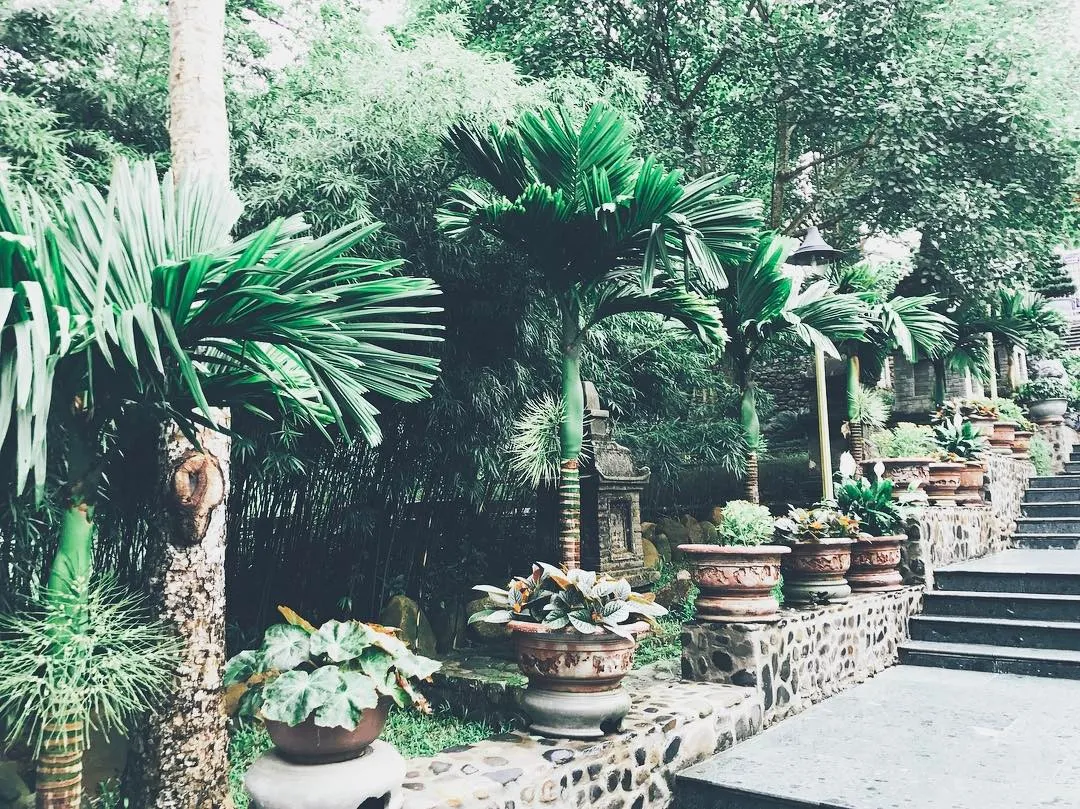
Yen Tu Spring Festival – Ideal Time for Spiritual Travel
The best time to visit Yen Tu Pagoda is in the spring, especially from the 10th day of the first lunar month to March of the lunar calendar each year. This is the Yen Tu Spring Festival season, when tens of thousands of visitors from all over flock here for pilgrimage, to worship Buddha, and participate in unique traditional cultural activities.
The Yen Tu Spring Festival is not only an opportunity for visitors to admire sacred Buddhist architectural works but also a chance to immerse themselves in the bustling festival atmosphere with many traditional cultural and artistic activities such as the seal opening ceremony “Sacred Seal of Dong Pagoda,” incense offering ceremonies to worship Buddha and ancestors of Truc Lam Zen sect, folk games, and unique art performances.
In the fresh spring atmosphere, when heaven and earth harmonize, coming to Yen Tu, visitors will feel the intersection between majestic nature and profound spiritual culture. Pilgrimaging to the top of Dong Pagoda in the cool spring weather, admiring the clouds covering the mountains, you will truly feel like you are lost in a fairyland, all worries and troubles seem to disappear, leaving only peace and serenity in your soul.
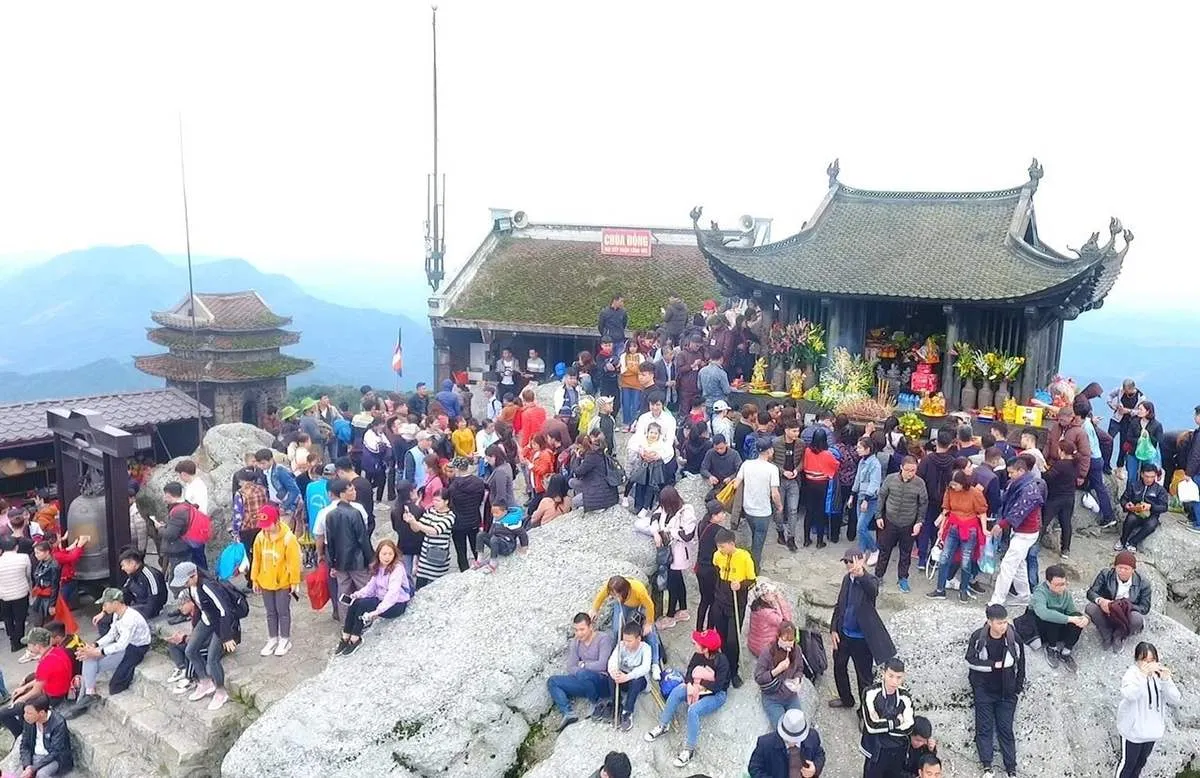
Yen Tu Pagoda Exploration Journey From A to Z
To conquer the sacred peak of Yen Tu, visitors can choose two main means of transportation: long-distance walking or using the modern cable car system. Each option offers distinct experiences and emotions.
Long-distance walking: This is the traditional pilgrimage method, suitable for visitors in good health who want to fully experience the spiritual journey. The walking route up Yen Tu is about 6,000m long, with thousands of stone steps winding through lush green primeval forests. The walking journey can take from 4 to 6 hours, depending on each person’s fitness and speed. However, along the way, visitors will admire the wild and majestic beauty of Yen Tu’s mountains and forests, explore ancient pagodas, temples, and stupas, and enjoy the fresh and peaceful atmosphere.
Cable car: This is a suitable option for visitors who do not have much time or whose health does not allow for long-distance walking. The Yen Tu cable car system is modern and safe, helping visitors easily move up to Hoa Yen Pagoda and Dong Pagoda quickly and conveniently. Round-trip cable car ticket price is about VND 350,000/person, one-way VND 200,000/person (reference price and may change). Children under 1.2m tall and elderly people over 70 years old are usually exempt from cable car tickets.
Regardless of the mode of transportation you choose, the journey to explore Yen Tu Pagoda will take you through many sacred stops and beautiful landscapes.
Giai Oan Pagoda and Giai Oan Stream – Place to Wash Away Injustices
The first stop on the Yen Tu pilgrimage journey is often Giai Oan Pagoda and Giai Oan Stream. Giai Oan Stream is a small stream with clear water flowing through an ancient green stone bridge. Legend has it that this is where the concubines of the Tran Dynasty committed suicide to express their loyalty when King Tran Nhan Tong was determined to go to the mountains to practice Buddhism. The name “Giai Oan” means to resolve grievances and pray for the souls here to be liberated.
Giai Oan Pagoda, also known as Ha Pagoda (Lower Pagoda), located near Giai Oan Stream, is one of the oldest and most important pagodas in Yen Tu. The pagoda was built during the Ly Dynasty, then restored and expanded through subsequent dynasties. At Giai Oan Pagoda, visitors can admire the ancient and serene architecture, and visit the stupa area, the resting place of Truc Lam Zen sect patriarchs such as Phap Loa, Huyen Quang, and King Tran Nhan Tong.
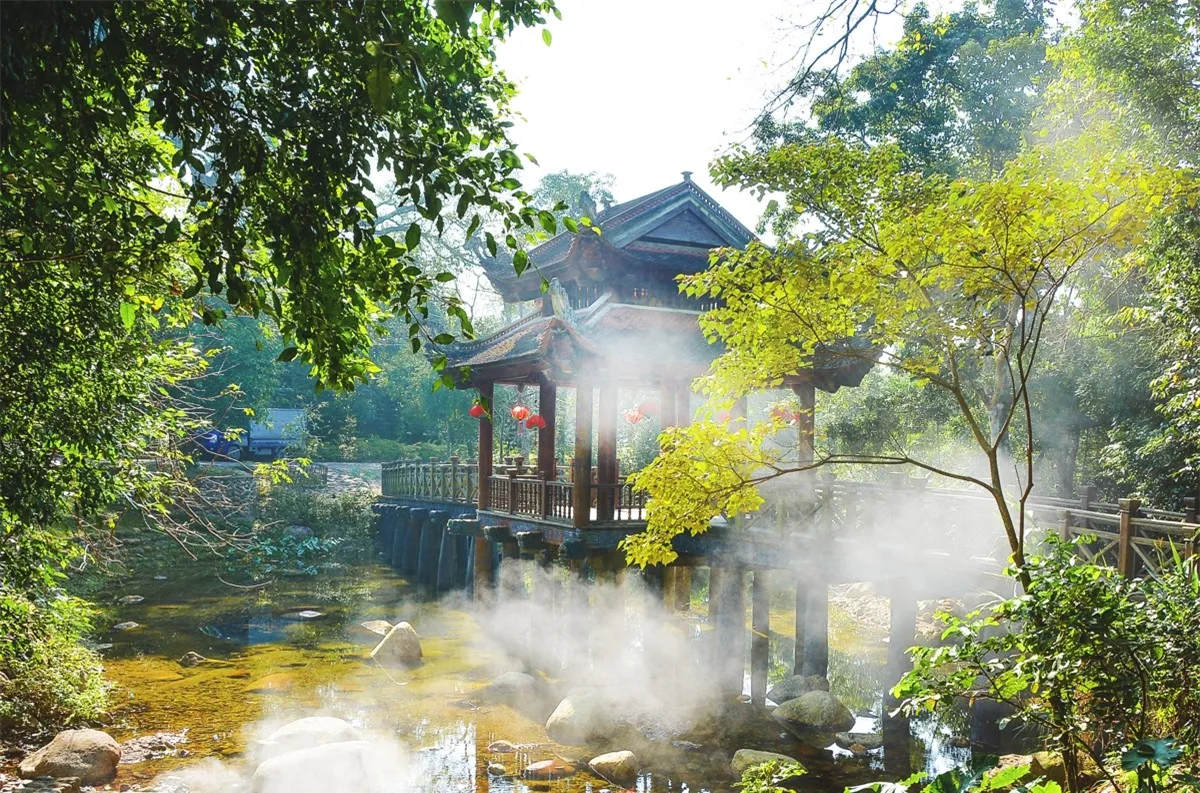
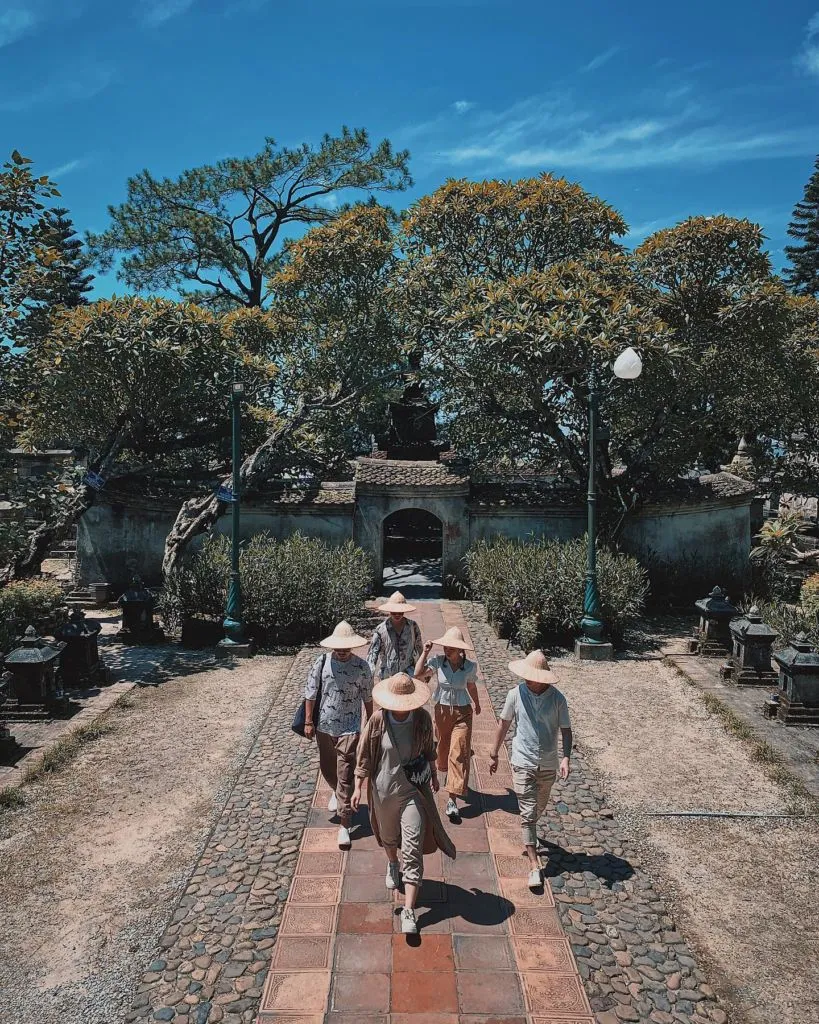
Ancient Pine Tree Path – 700-Year-Old Historical Witness
Continuing the journey, visitors will enter the Ancient Pine Tree Path, a shady path with over 250 ancient pine trees, dating back up to 700 years. The pine trees here have large, rough trunks, reaching tall and majestic, covering the entire path, creating an ancient, serene, and extremely impressive space.
The Pine Tree Path is not only a unique natural landscape but also carries profound spiritual significance. According to feng shui beliefs, pine trees symbolize longevity, steadfastness, and the spirit of a noble person. Walking on the Pine Tree Path, visitors will feel the solemnity and sacredness of the Buddhist land of Yen Tu, and find peace and relaxation in their souls.
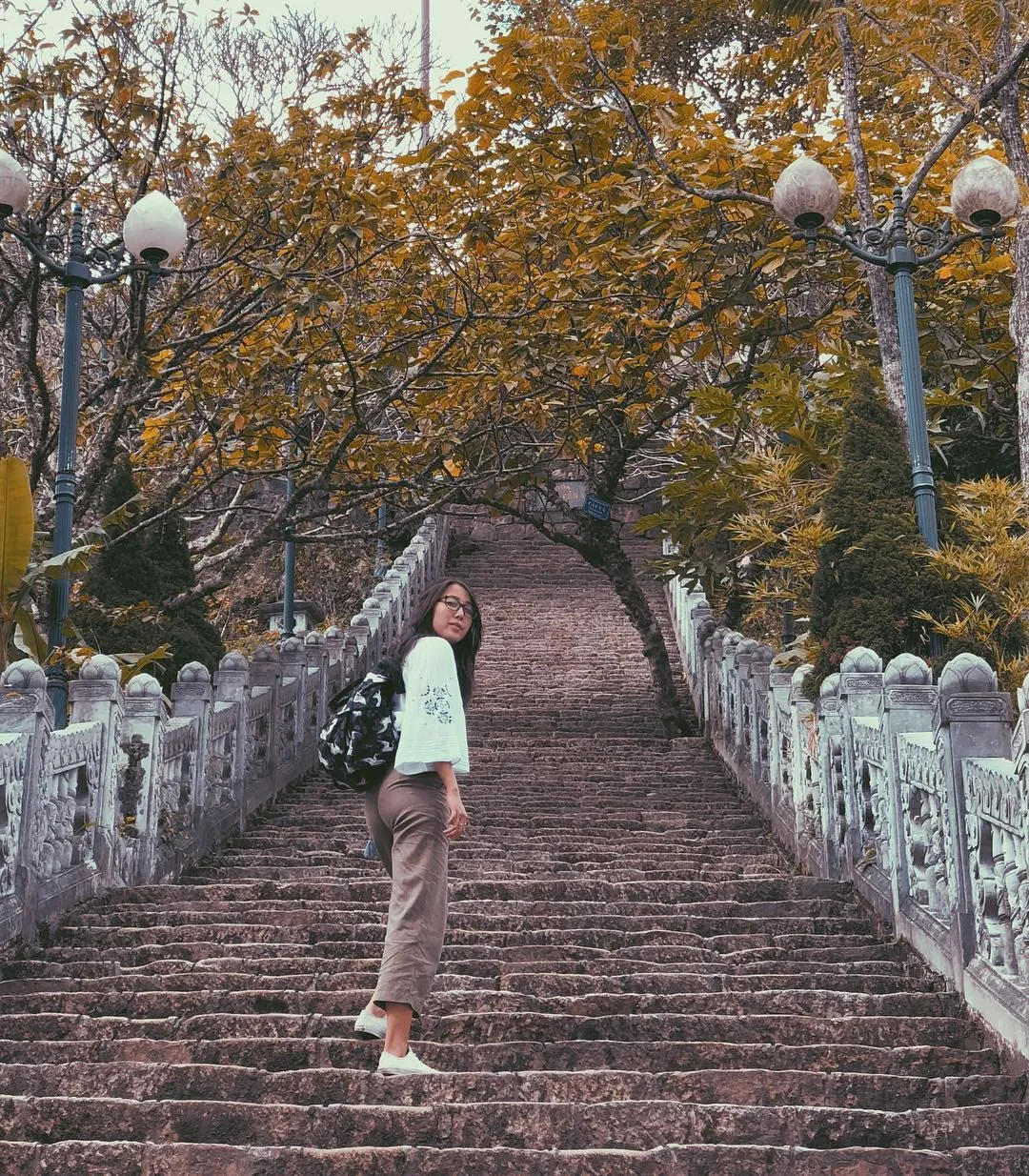
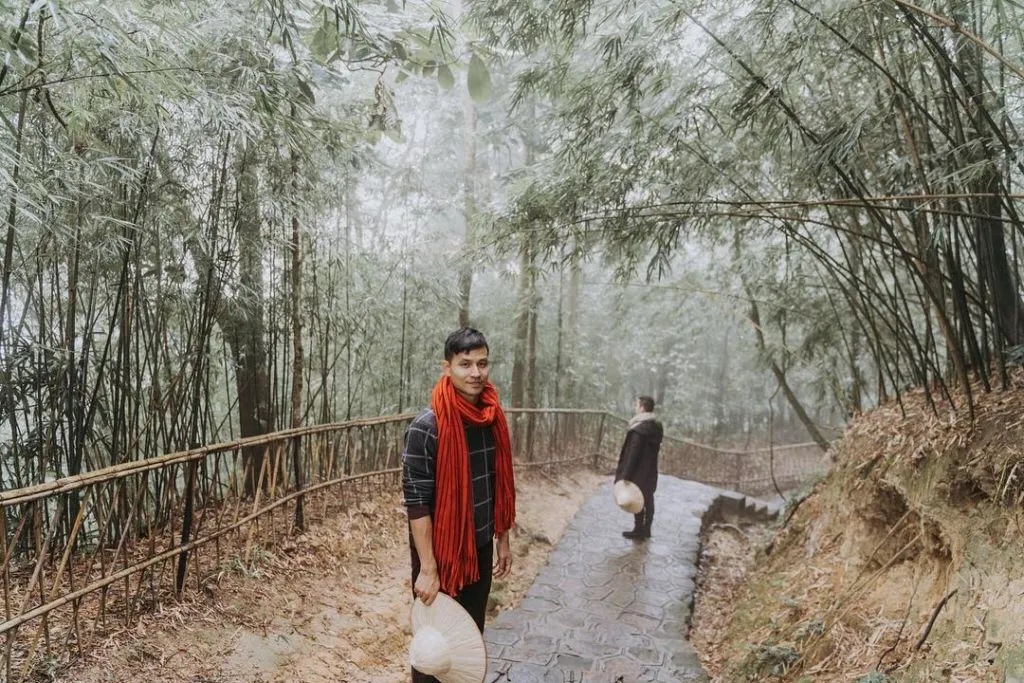
Hoa Yen Pagoda and Hue Quang Stupa – Heart of Yen Tu
Hoa Yen Pagoda, also known as Ca Pagoda (Upper Pagoda), located at an altitude of 534m, is considered the largest and most important pagoda in Yen Tu. The pagoda has a long history, built in the Ly Dynasty with the name Phu Van, then renamed Hoa Yen in the Le Dynasty. Hoa Yen Pagoda was once the Buddhist center of the Truc Lam Zen sect, where King-Monk Tran Nhan Tong regularly preached and practiced.
The architecture of Hoa Yen Pagoda bears the artistic style of the Tran Dynasty, with graceful, delicate lines and harmony with nature. At Hoa Yen Pagoda, visitors can worship the Three Jewels, visit Hue Quang Stupa, where the relics of King Tran Nhan Tong are kept, and admire the panoramic view of Yen Tu from above. Hoa Yen Pagoda is not only a unique Buddhist architectural work but also a cultural and spiritual symbol of Yen Tu.
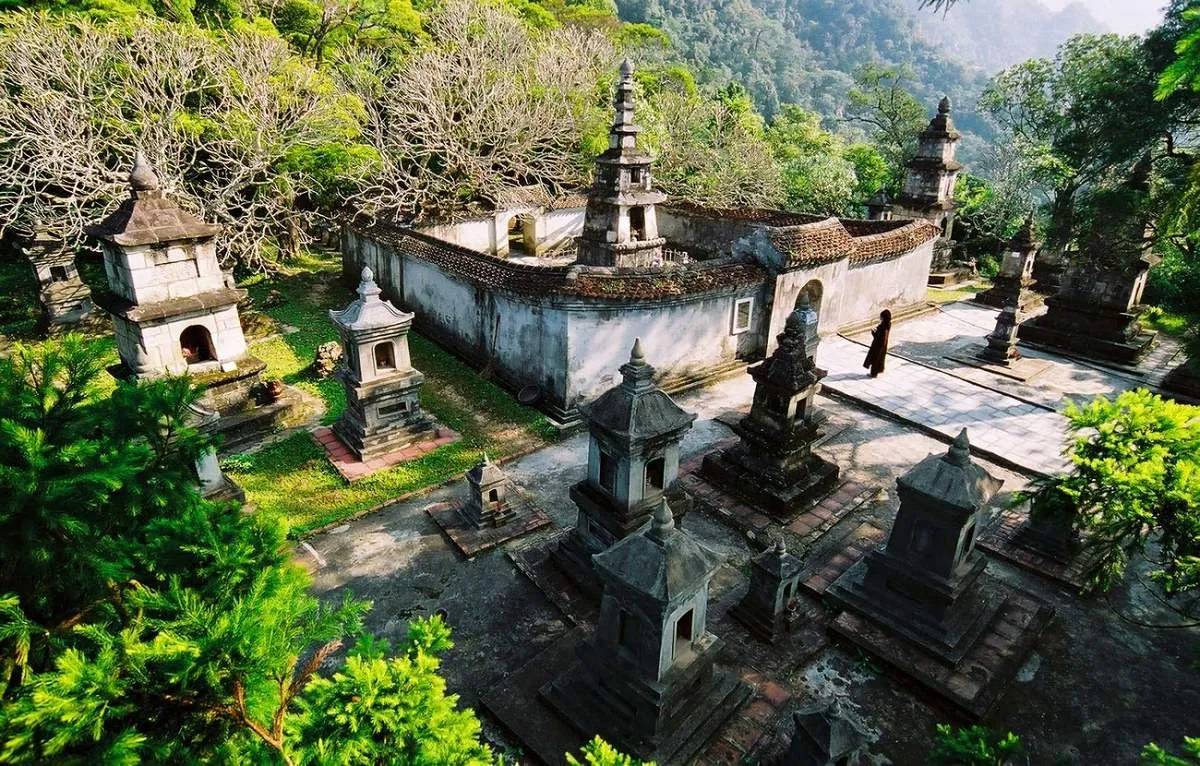
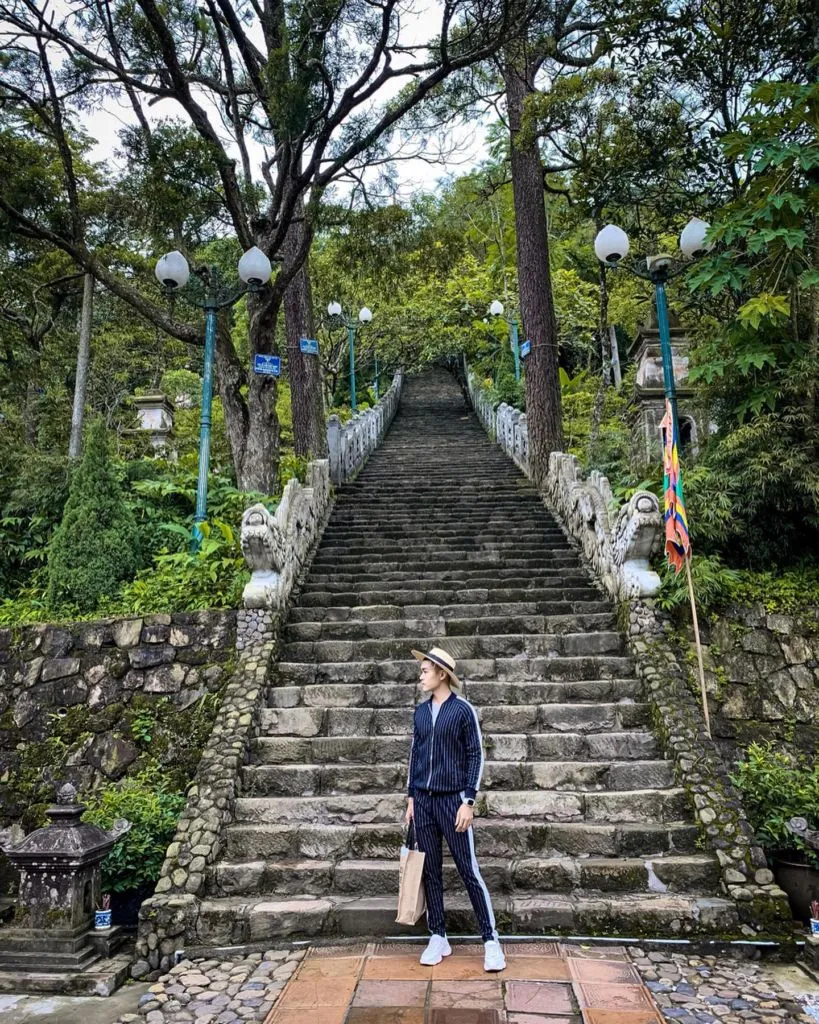
Mot Mai Pagoda – Unique Architecture on the Mountainside
Mot Mai Pagoda, or Ban Mai Pagoda (Half-Roof Pagoda), is a small, unique pagoda leaning against the mountainside of Yen Tu. The pagoda was built in a three-compartment architectural style, with half of the roof covering the mountainside, creating a beauty that is both strange and harmonious with nature. Mot Mai Pagoda is dedicated to Avalokiteśvara Bodhisattva, one of the most revered Buddhas in Mahayana Buddhism.
Coming to Mot Mai Pagoda, visitors can not only admire the unique architecture but also experience drinking sacred water from the stream flowing out of the mountainside. Legend has it that the water in this stream has the ability to purify the body, bringing peace and luck to the drinker.
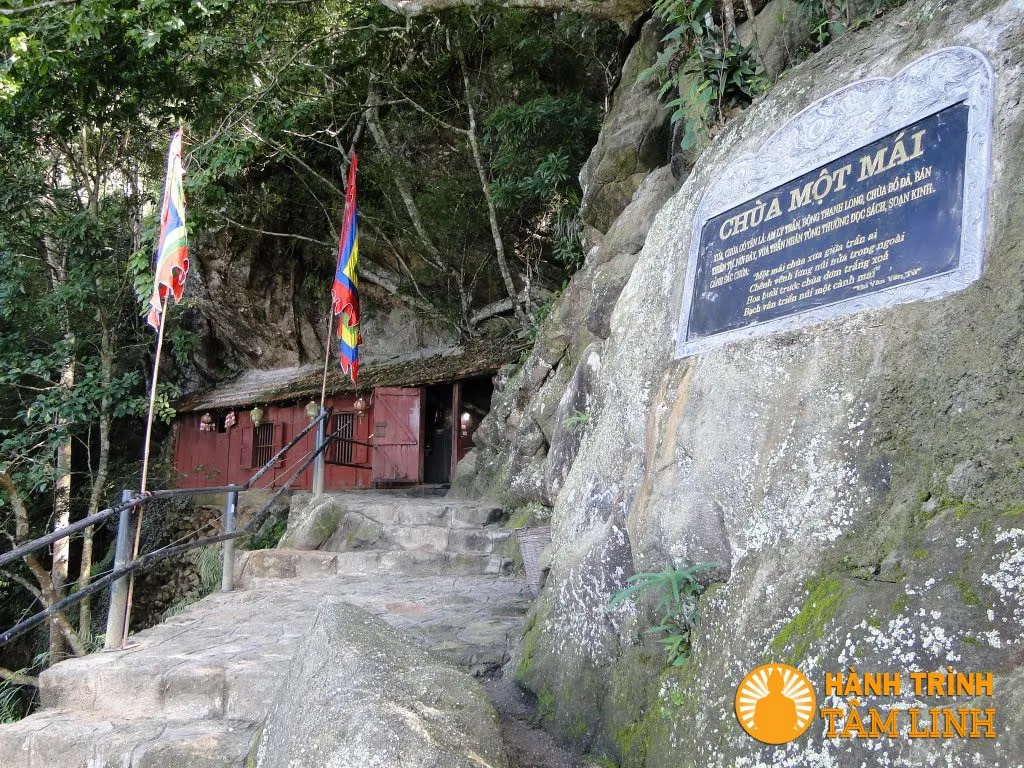
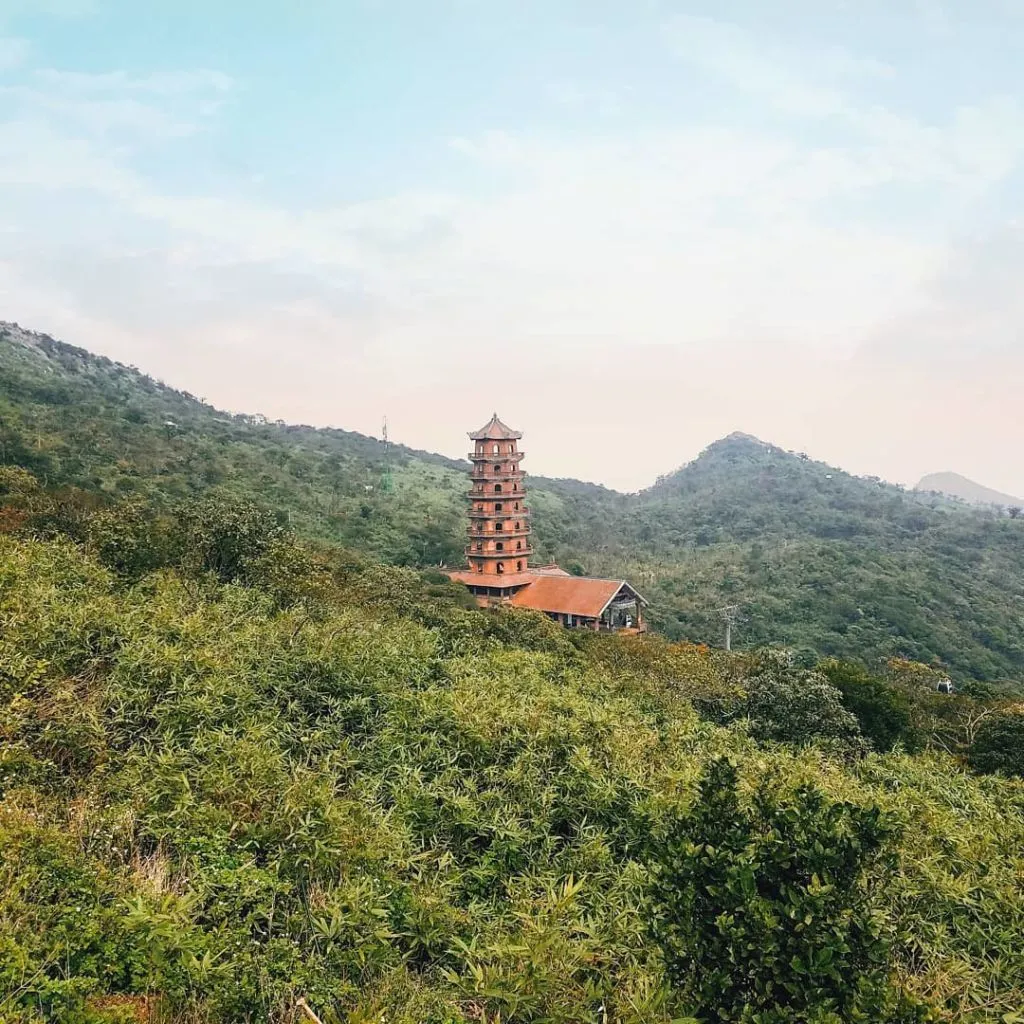
Bao Sai Pagoda – Ancient Beauty Amidst Sacred Mountains
Bao Sai Pagoda is another ancient pagoda located on Yen Tu Mountain, named after Zen Master Bao Sai, one of the first disciples of King-Monk Tran Nhan Tong. The pagoda is located on a high cliff, offering a peaceful and serene space and panoramic views of the surrounding mountains and forests.
Bao Sai Pagoda still retains its ancient architectural features, imbued with the Tran Dynasty style, especially in the ancestral house and main hall areas. Inside the pagoda, there is also an ancient sacred well and a statue of King-Monk Tran Nhan Tong entering Nirvana, cultural and spiritual highlights attracting visitors.
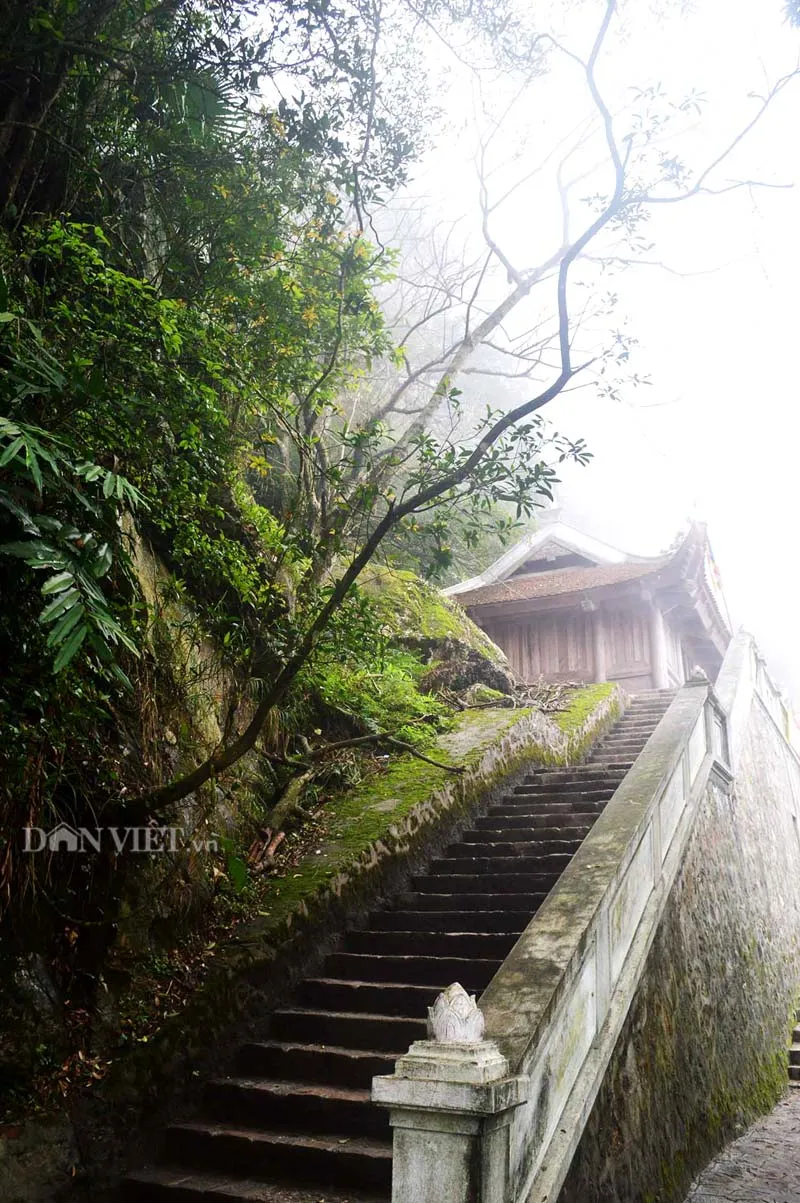
Statue of King-Monk Tran Nhan Tong and An Ky Sinh – Symbols of Virtue and Wisdom
On the top of An Ky Sinh, visitors will admire the majestic statue of King-Monk Tran Nhan Tong. The statue is cast in solid bronze, weighing 138 tons, 15m high, one of the largest bronze Buddha statues in Vietnam. The statue of King-Monk is placed at the highest position of Yen Tu, symbolizing the respect and admiration of later generations for the wise and benevolent King-Monk.
Next to the statue of King-Monk is the statue of An Ky Sinh, a monk believed to have petrified on Yen Tu Mountain. The statue of An Ky Sinh has a serene and ancient appearance, wearing a kasaya robe, with hands clasped in front of his chest, symbolizing ascetic practice and devotion to Buddhism. These two statues are not only unique works of art but also profound cultural and spiritual symbols of Yen Tu.
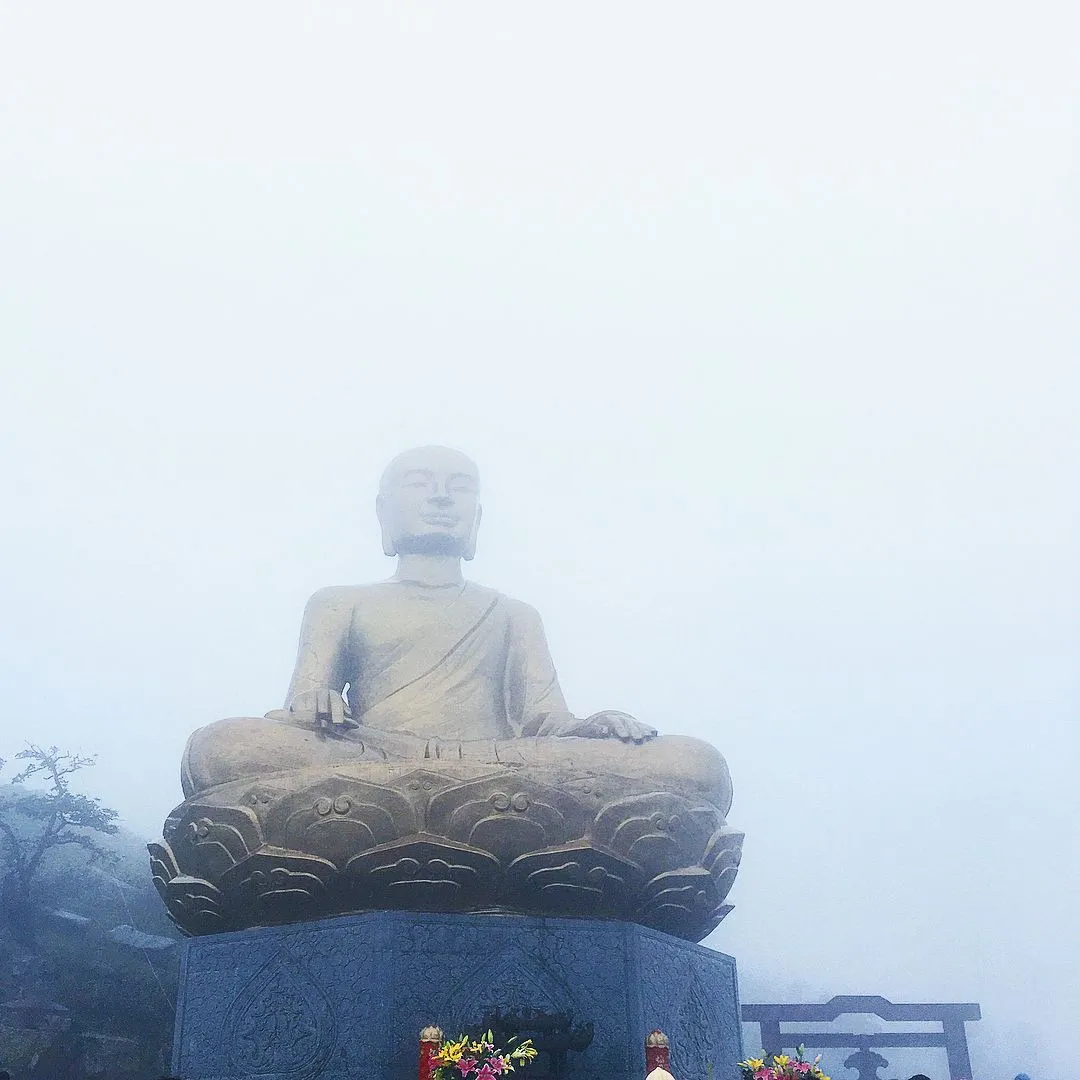

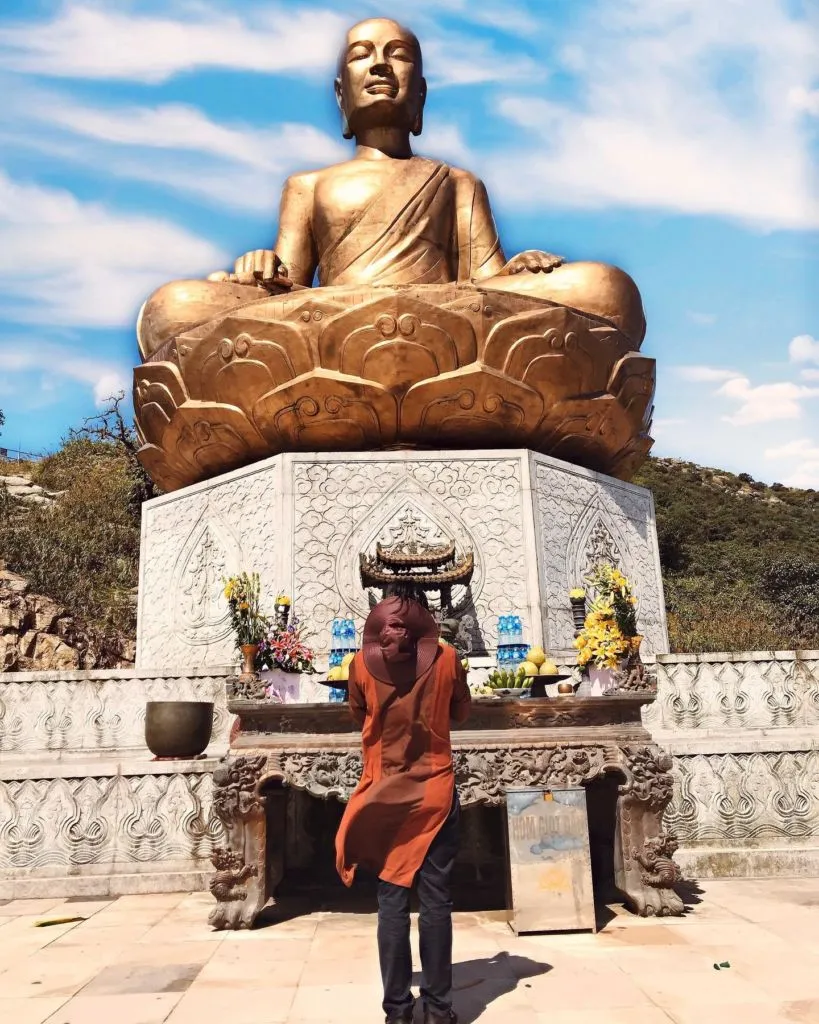
Dong Pagoda – Yen Tu Sacred Peak and Architectural Marvel
The final and highest destination in the Yen Tu Pagoda tourism journey is Dong Pagoda. Dong Pagoda is located on the top of Yen Tu Mountain, at an altitude of 1,068m, known as the “roof” of Yen Tu. The pagoda has a unique architecture, cast entirely of pure copper, with a small size but extremely sophisticated and majestic.
Standing on Dong Pagoda, visitors can take in the panoramic view of majestic Yen Tu, with clouds covering, rolling mountains, and lush green forests. The space here is both sacred and expansive, giving visitors a feeling of being lost in a fairyland. The sound of Dong Pagoda’s bell ringing in the mountains and forests further enhances the peace and serenity of this place. Dong Pagoda is not only a unique architectural work but also a symbol of perseverance, the spirit of overcoming difficulties, and the aspiration to reach the peak of Vietnamese people.
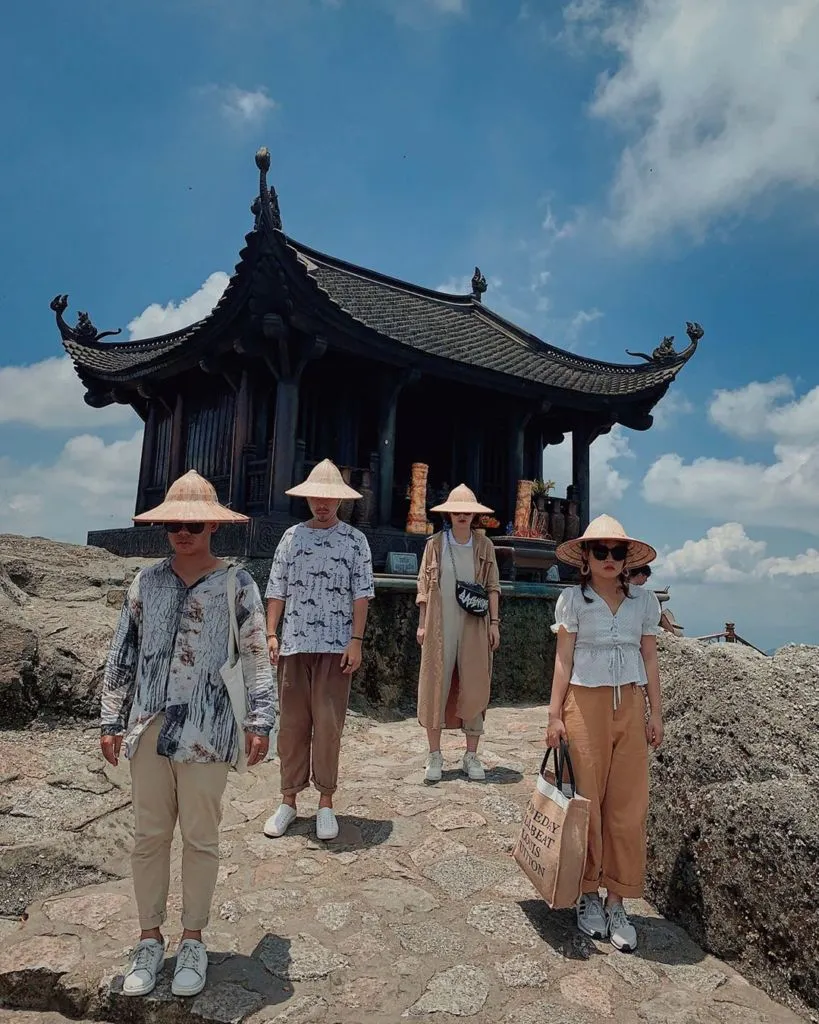
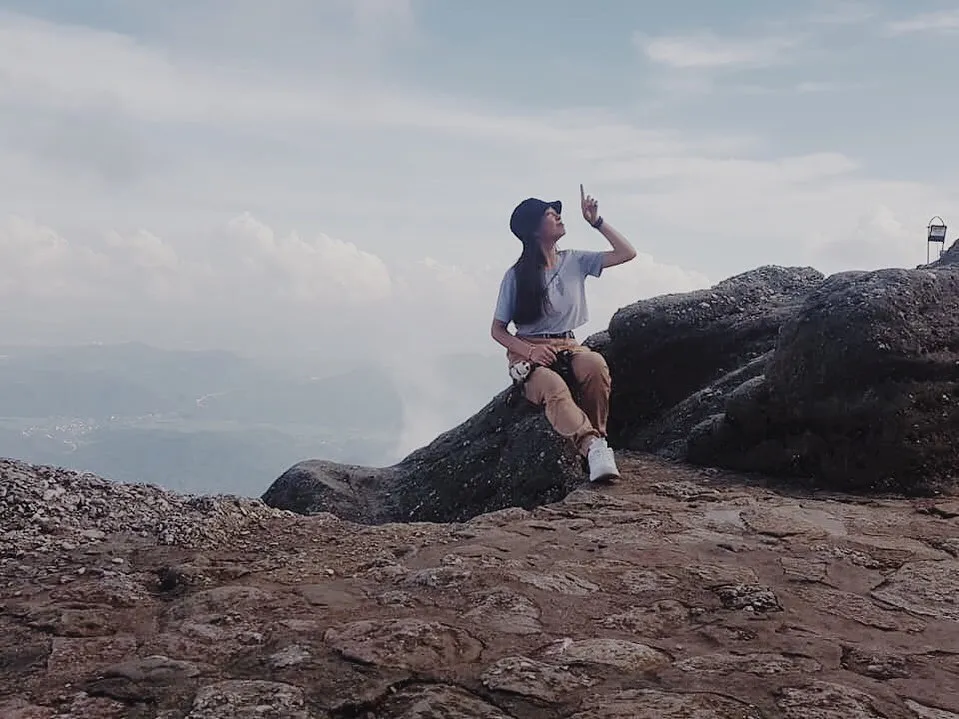
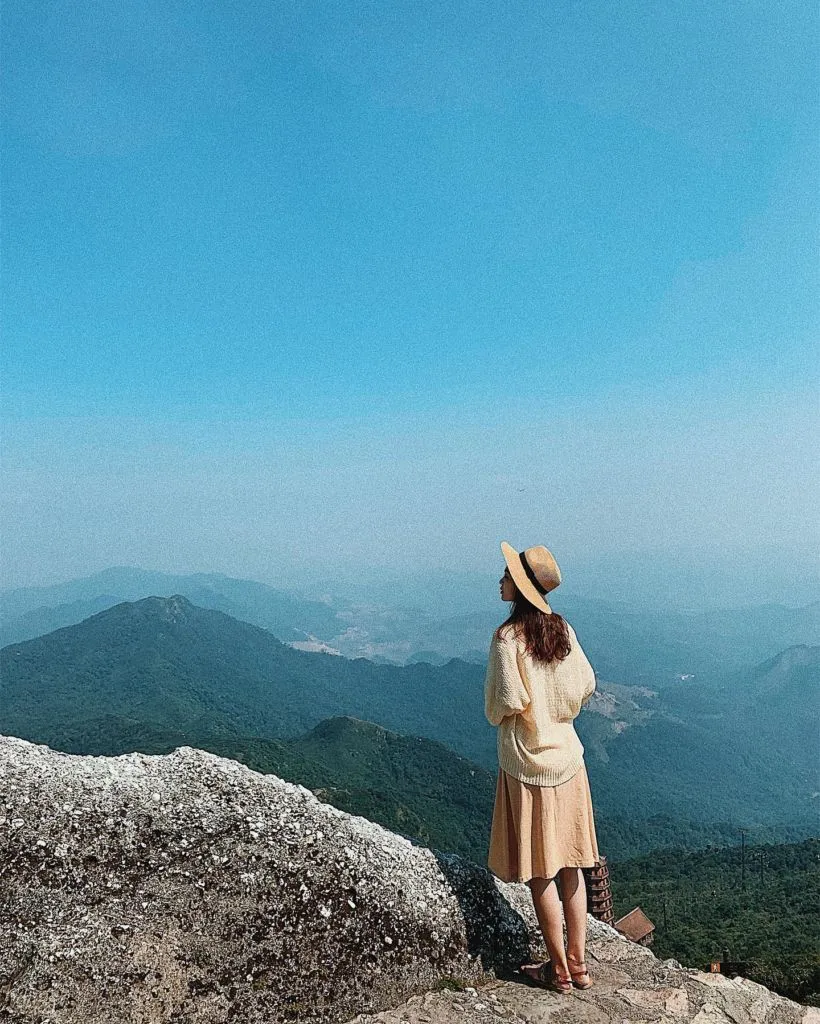
Important Notes For Your Yen Tu Pagoda Trip
To have a fulfilling and meaningful Yen Tu Pagoda trip, visitors should note a few things:
- Prepare attire: Choose polite, discreet clothing suitable for spiritual spaces. Prioritize comfortable, sweat-absorbent clothing for easy movement and mountain climbing.
- Footwear: Choose sports shoes or hiking shoes with good grip to ensure safety when walking long distances or climbing stone steps.
- Luggage: Bring light luggage, only carrying necessary items such as drinking water, wipes, hats, sunscreen, and some cash. Avoid bringing valuable jewelry or too much cash to avoid theft.
- Health: If choosing long-distance walking, make sure you are in good health and prepare yourself mentally for a rather strenuous journey. If you have a history of cardiovascular disease or other medical conditions, consult your doctor before going.
- Cultural behavior: When visiting the pagoda, maintain a respectful and solemn attitude, do not make noise or cause disorder. Do not arbitrarily touch artifacts or worship items in the pagoda.
- Service prices: Dining and accommodation services in the Yen Tu tourist area may be more expensive than the general level. Refer to prices before using services.
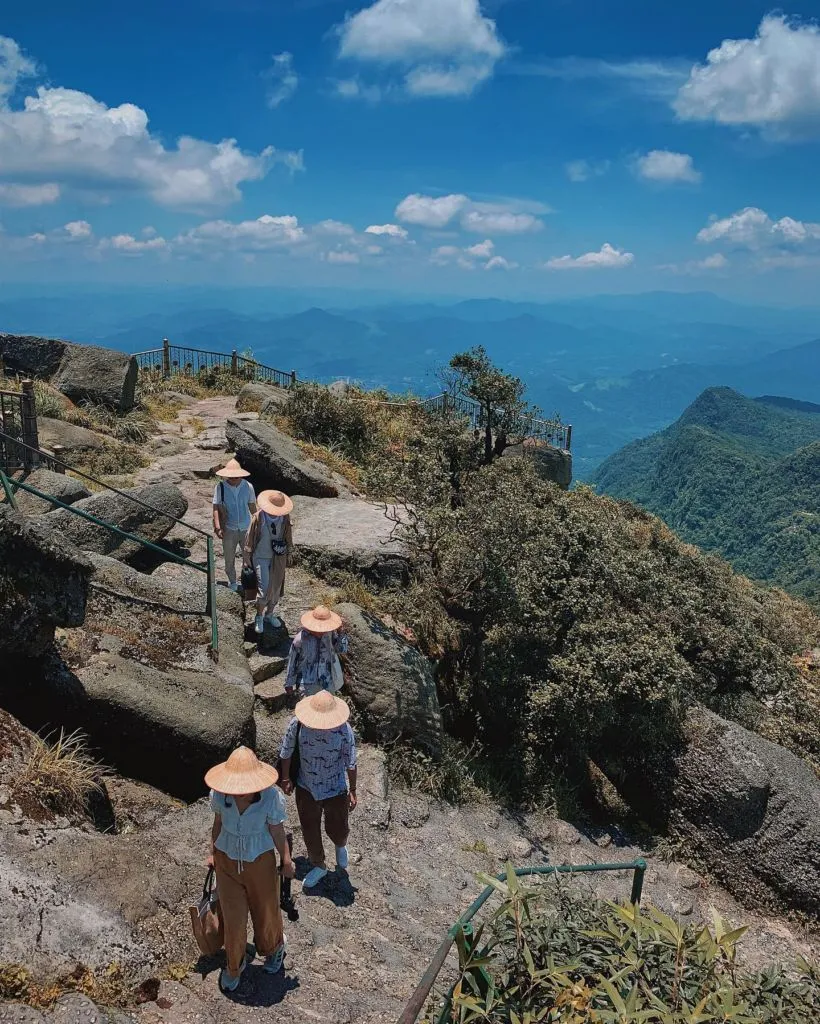
Yen Tu Pagoda is not only a famous spiritual tourist destination but also a cultural, historical symbol and the pride of Vietnamese people. Pilgrimaging to Yen Tu is a meaningful journey, helping each person return to their roots, explore natural beauty, and find peace and serenity in their souls. Hopefully, with these A-Z Yen Tu Pagoda travel experiences above, you will have a truly fulfilling and memorable trip.